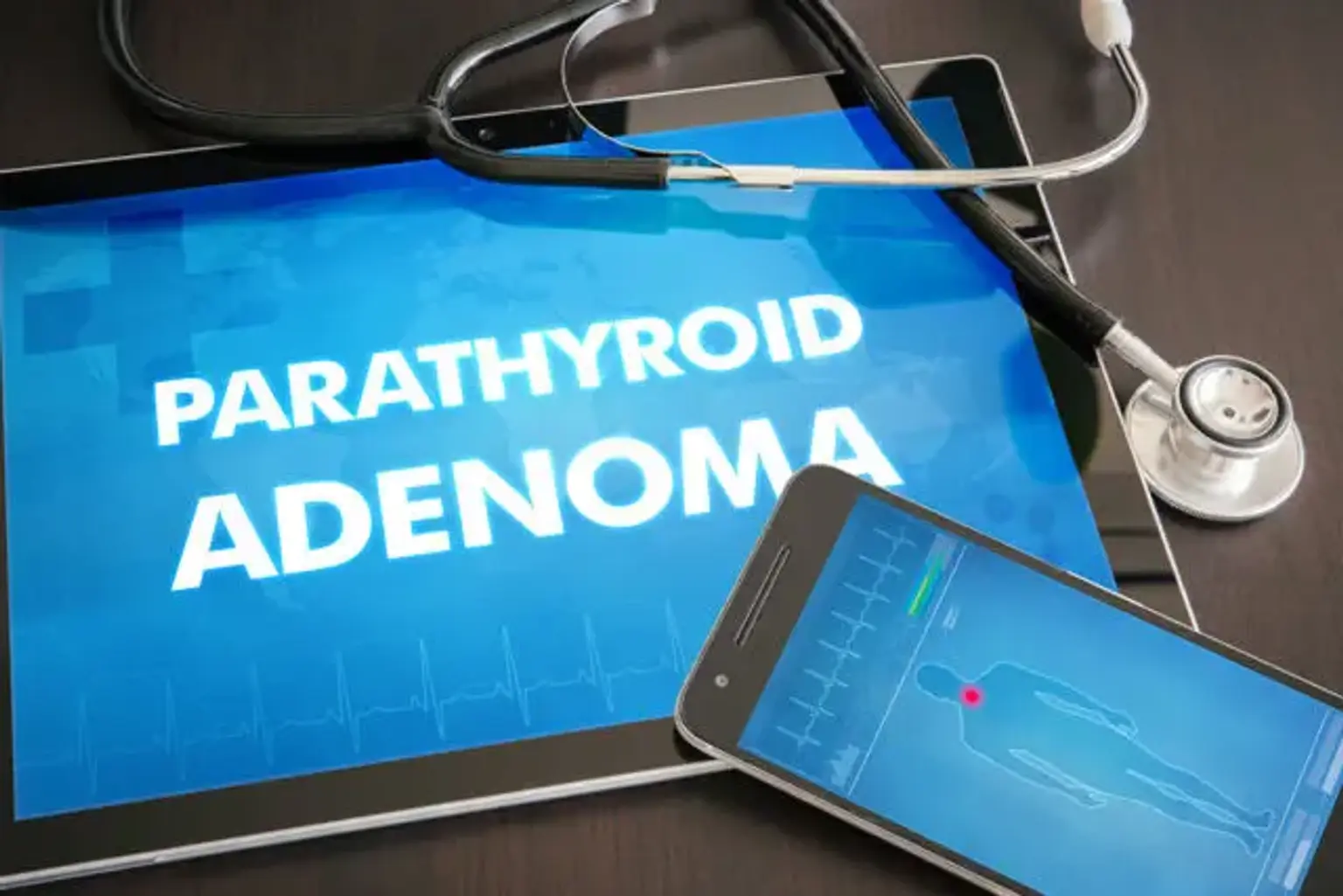Parathyroid adenoma
Overview
A noncancerous (benign) tumor of the parathyroid glands is known as a parathyroid adenoma. The parathyroid glands are found in the neck, close or connected to the thyroid gland on the rear side. Patients with primary hyperparathyroidism often have high serum calcium levels as well as elevated serum parathyroid hormone levels.
